How to prepare your fishery for winter
Fishery management consultant Bruno Broughton discusses how to get your fishery ready for winter and how to prevent issues from occurring that could damage your venue or fish stocks.
Timely advice to keep fisheries in tip-top shape
Now the clocks have gone back and we’ve moved into the winter period, many anglers vote with their feet and desert the banks. However, fish have no such option and must survive the cold weather, even if most species feed little and do not really grow until warmer spring sunshine arrives.
Properly planned and correctly executed fishery management during this period is important if fisheries are to be maintained and improved, and contingency plans to cover emergency situations should be drawn up on a ‘just-in-case’ basis’.
Shut Your Trap!
On most so-called ‘on-line’ fisheries which are fed by streams or small rivers, the accumulation of silt on the lake bed is a common problem. Stream-borne silt is transported into the headwaters of the lake, especially during flood conditions, and drops out of suspension where the current slows. Material of larger particle size such as gravel and sand is deposited first whilst small particles such as clay may be transported far into the lake.
Unless checked, the formation of a delta of silt will take place and this will gradually extend into the lake. Eventually, the water area becomes restricted, reeds and rushes colonise the silt and ultimately the lake reverts to marshland through which the stream flows.
It is possible to reduce the rate of siltation by encouraging the silt to drop out of suspension upstream of where the feeder enters the lake or immediately downstream of its outfall into the fishery. Usually this can be achieved quite easily by constructing some form of low weir or silt trap across the inflowing watercourse, thereby causing water velocities to slow and suspended solids to be deposited where they can be removed easily.
Using a slit trap
There should be scope to erect a simple silt trap across the mouth of the feeder where, or near to where, it meets the lake. An effective trap can be constructed from a range of materials – wood, stone, concrete, brick or even old railway sleepers or telegraph poles which are cheap and long-lasting and which can usually be obtained at modest cost. Any timber should be weathered and tannalised with a pressure treated with a proprietary, non-toxic solution to prevent rotting.
The weir should be designed so that a shallow, wide crest is formed, with the sides set firmly into the banks and the bed to prevent water passing around or under the structure. The weir crest need not extend above the original height of the water surface by more than five or six inches, this usually being sufficient to create the desired stilling effect. The bed of the feeder immediately upstream of this weir should be deepened to improve its silt-storage capacity.
Where it is known that the feeder carries a large volume of silt during flood conditions, several silt traps could be formed in different places across the channel. It is important that (i) the traps are located in accessible places to enable them to be cleaned periodically, and (ii) the backing-up of water does not cause flooding of the adjoining land or interfere with land drainage. This is likely to be a problem only where the stream gradient is gentle. The level of silt in the trap should be checked periodically and it should be cleaned out as a matter of routine. This is especially relevant because of the likelihood that the volume of water in the feeder will increase markedly during wet weather. If silt is allowed to remain in the trap, the onset of the next flood may cause this material to be transported into the lake.
Bank Protection
The banks of lakes and rivers can be subject to considerable erosion by wave and current action. As well as increasing bank instability, erosion can reduce the ease with which anglers can fish by undermining angling pegs and platforms. If unchecked, the eroded material will also increase siltation of the bed, reduce light penetration through the water, reduce bed fertility and eventually decrease the depth of water.
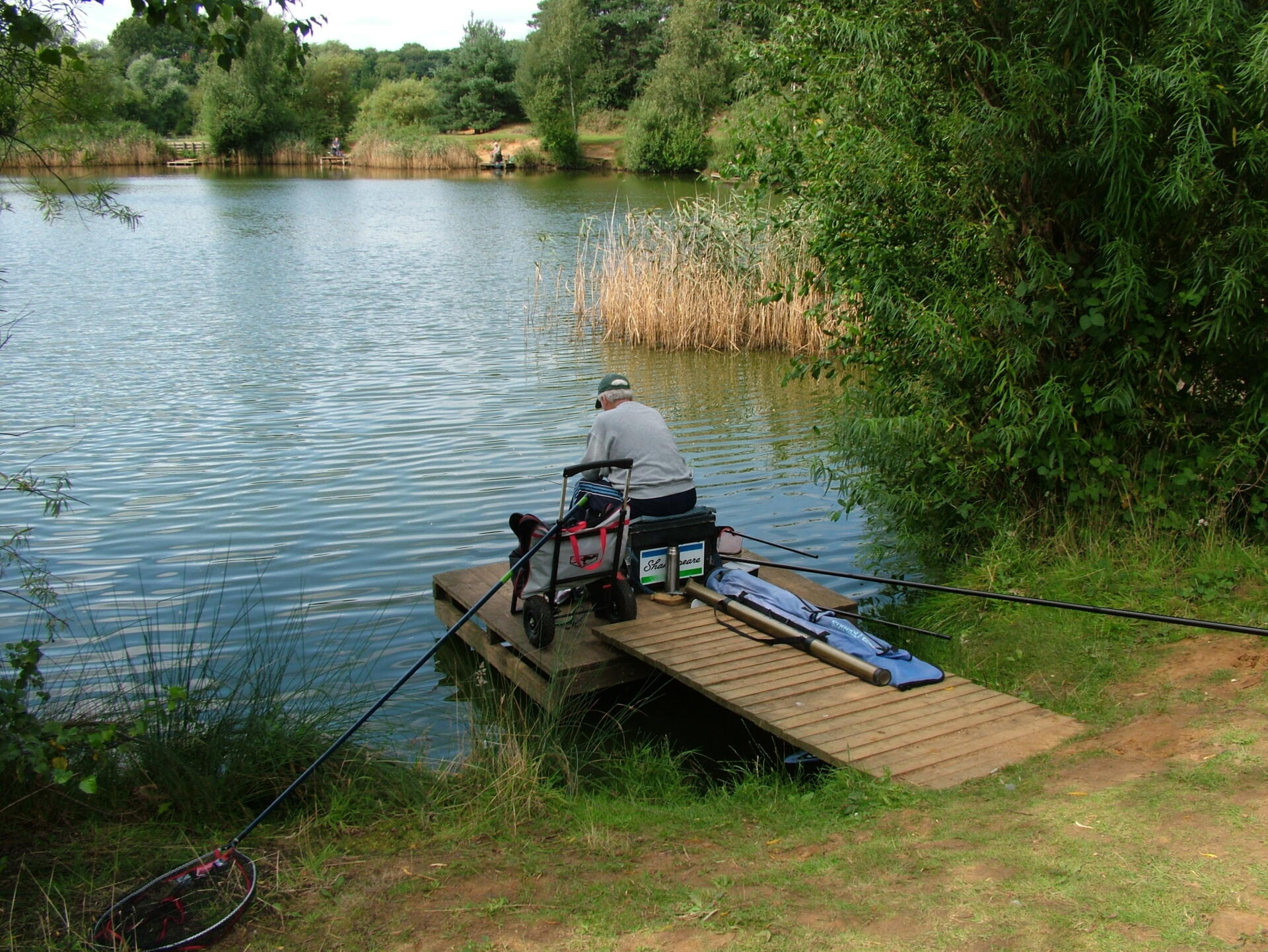
Erosion – a walkway is now needed to reach what was a bankside peg
There are several methods by which bank stability can be improved and eroded sections repaired. On still waters subject to considerable water depth variations, some bank damage will be inevitable if water levels continue to fluctuate: the alternate drying-out and re-wetting of the margins will cause expansion and shrinkage of the soil at the water’s edge, rendering them more liable to erosion. The following, alternative courses of action could be used in combination to improve their effectiveness.
Fencing
Where farm animals – especially cattle – are allowed unrestricted access to the water’s edge, they damage banks, crop the marginal plants and shrubs and push soil into the water, creating shallows. Stock-proof fencing erected a short distance from the water’s edge will prevent this. Fenced-off watering areas can be provided, perhaps incorporating sections of the river or lake bed protected with a covering of stones.
Armouring
The bank edges could be reinstated with armouring of solid material such as large boulders, which should extend ‘inland’ somewhat to prevent waves over-topping the boulders and washing away the banks. Alternatively, rock -filled gabion baskets of wire mesh – available commercially in ‘flat pack’ form – could be installed along the bank edge, with the adjoining areas being infilled with boulders, rocks, rubble, hardcore and/or other inert material.
The reinforced section of bank could then be covered with a layer of top soil and sown with coarse grass seed to help bind the soil in place and reduce the visual impact of the work. It may also be possible to plant suitable marginal vegetation in the gabions to ‘soften’ their faces and enhance the attractiveness of these structures to wildlife.
Piling
Another method of improving bank stability would be to install piling along the bank edge and infill the banks alongside. Railway sleepers or telegraph poles are long-lasting, convenient materials which can be pegged in place horizontally; hurdles of inter-woven hazel or chestnut branches are another option which tend to be quite long-lasting. Inter-locking metal or strong plastic piling are more permanent, but they are also much more expensive and visually prominent.
Geotextile
Additional protection could be afforded to the bank soil. Where this has been attempted at other fisheries, some form of geotextile material has been used successfully. Rubble, other particulate material and/or soil is encased in sheets of this rot-proof matting, which is then covered with top soil and pegged to the bank with short stakes. The mesh enables grasses to grow through the material, thus stabilising the banks.
Marginal Gains
If further marginal plants can be established around the banks, they would form a flexible ‘buffer’ which will help bind the bankside soil in place. On its own this measure may be unsuccessful – the newly-planted vegetation may be washed away before it can become established – but it could be used in conjunction with the other methods described above.
Most native plants can be used, and they should be ‘heeled’ into position in the margins or in shallow water during period between winter and mid spring.
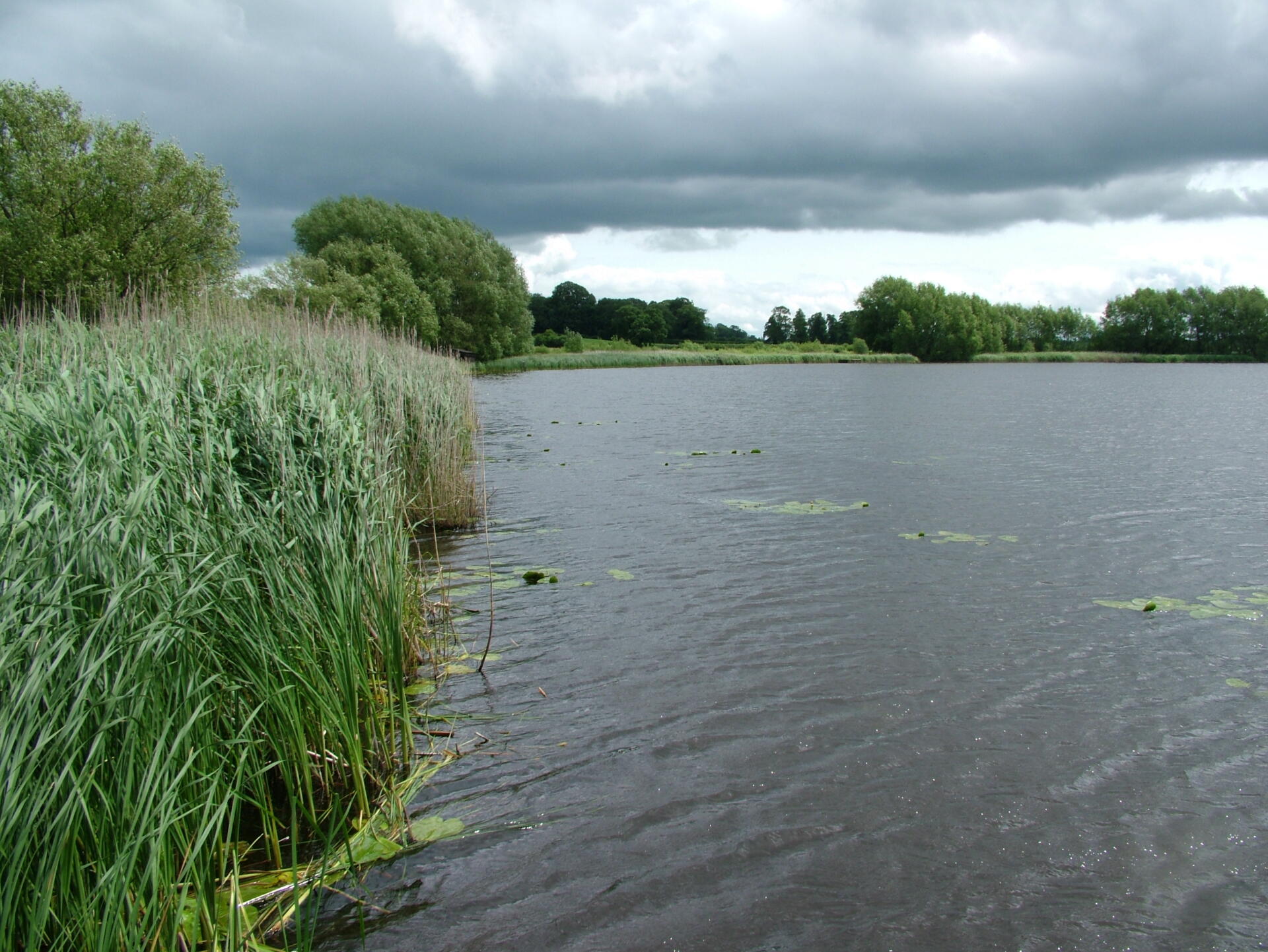
Reedmace can protect lake banks
Boom Boom
A boom of floating, inter-connected timber posts, or a thick, floating rope, can be used to help protect windward-facing banks against wave action. If the boom can be stretched from one bank to the opposite bank – across the mouth of a bay, for example – it will help to absorb the force of the waves and protect the banks. Such booms can be used temporarily, for example to enable marginal plants to become established, before being removed.
Stop Winter Kill
Fish trapped beneath an ice cap in frozen ponds and lakes are at risk of suffocation through lack of oxygen. Ordinarily, oxygen would enter the water via the water surface and because of photosynthesis by submerged water plants, neither of which can take place during freeze-ups.
Imagine a minnow in a water-filled jam-jar. If you screw down the lid, the fish will eventually run out of oxygen. This is the effect that complete ice cover can have on fish in a lake. Obviously, a thin ice covering for a couple of days poses little risk to fish survival, but prolonged ice cover is more serious. Not only can no oxygen enter at the surface but any plant life in the lake will be largely inactive and not release much of the life-supporting gas.
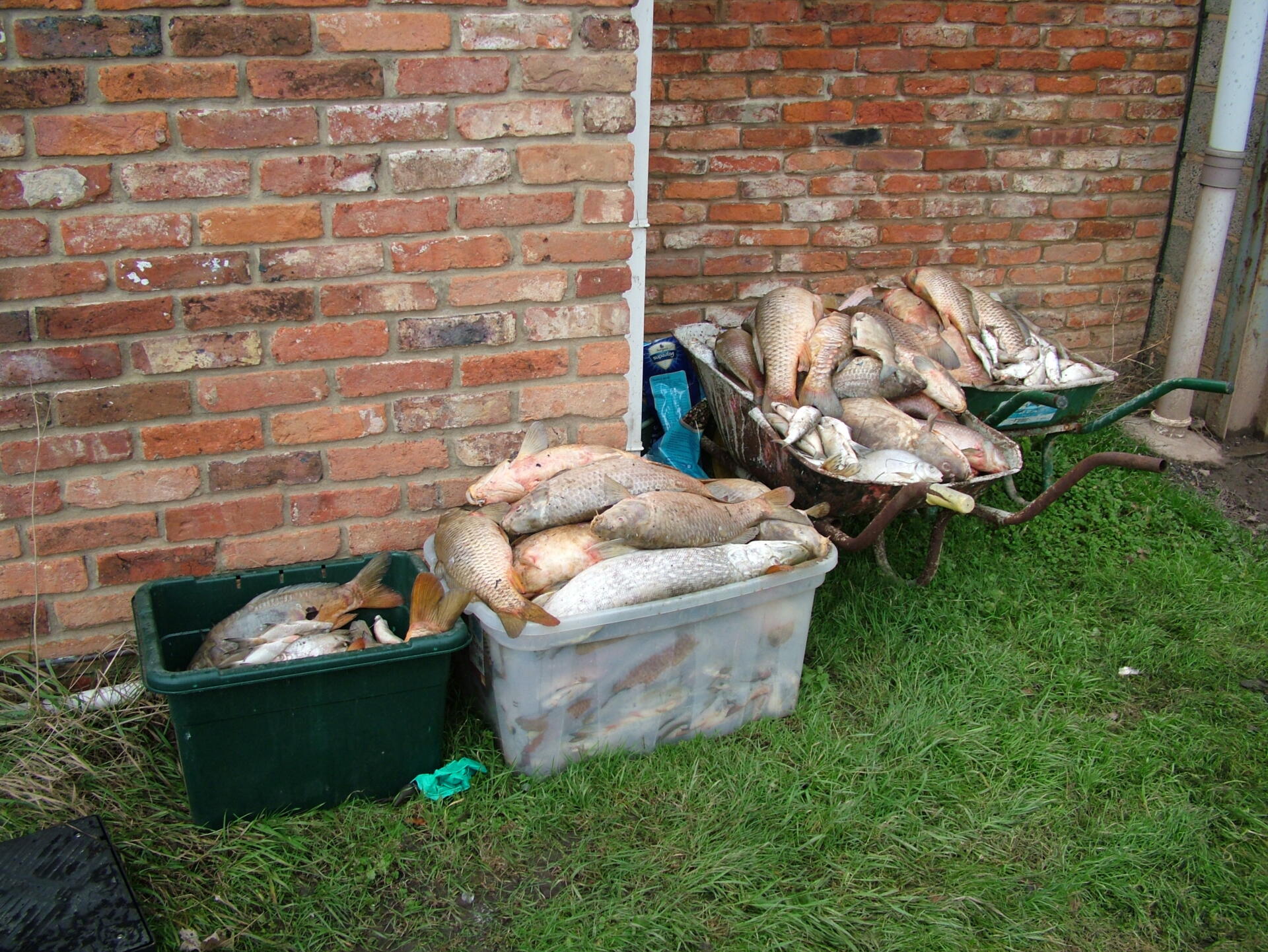
Dead fish following a winter fish kill
This ‘winter kill’ scenario is made more critical if:-
- the lake is shallow, in which case there will be less oxygen initially than in deeper lakes;
- the lake bed is covered in deep layers of organic silt – even modest bacterial activity in the silt will produce an additional drain on the finite oxygen supplies;
- there is snow cover over the ice, curtailing light penetration that might enable any surviving plants to produce even small quantities of oxygen and preventing waste gases escaping;
- the fish stocks are large because of the greater oxygen requirements than in less populated lakes.
In An Emergency
When faced with a potential disaster it is important that one or more ice-free holes are created and maintained in the ice. On fishing ponds and lakes this is best achieved early during the icing-up process rather than when the ice has become thick and far more difficult to break.
If appropriate, aerators could be activated to achieve the same effect. Although some aerators could exacerbate the cooling of the water, the water movement helps maintain ice-free areas. There is at least one specialised aquatic aerator on the market which also generates heat.
If ice-breaking is necessary, the risk of damaging fish as a consequence of the resultant shock waves is often cited as a hazard, albeit that this is extremely unusual except in very small garden ponds. Care should also be taken to ensure that the bottom silt is not disturbed during this process as its suspension in the water will jeopardise water quality.
The intention should be to create at least one hole in the ice and to keep it ice-free. Even a small hole in a big lake is far better than none at all, although several holes are preferable. One or more engineering bricks, with a rope tied through the holes, makes a convenient and cheap ice-breaker, but other forms of weight can also be used.
Sections of scaffolding pole can also be employed and, as a last resort, a hydraulic bucket mounted on a tractor or other farm vehicle will break thick ice – a technique commonly used on fish farms in central Europe – although great care should be exercised to ensure that the vehicle cannot overturn or roll into the water.
Indeed, it should go without saying that any work should always be undertaken from the bank and not by walking out onto the ice. Your safety and the safety of others working with you should be of uppermost importance. If there is any risk of slipping into the water, you should rope yourself onto an immoveable bankside object and always wear a proper life jacket.
P For Prevention
Most of these problems can be reduced or overcome through appropriate, prior management to ensure than the fish are not at risk if conditions become severe. Such work should take into account:-
- Fish densities. In vulnerable lakes and ponds, excessively large fish populations should be avoided by curtailing stocking or even de-stocking excess fish periodically;
- Providing deeper areas in very shallow lakes to increase the available oxygen during freezing conditions;
- Drawing up a contingency plan so that, if an emergency does happen, the plan can be activated quickly and effectively;
- If appropriate, draw on the advice of an experienced fisheries management consultant to provide information on how this work could be planned and carried out successfully.
Action All Stations
The Action Plan, which is best in written form, should address the key issues, perhaps by specifying how the feeder stream can be diverted into the lake, how the aerators can be turned on, where the ice-breaking equipment and ropes are stored, etc.
Similar articles
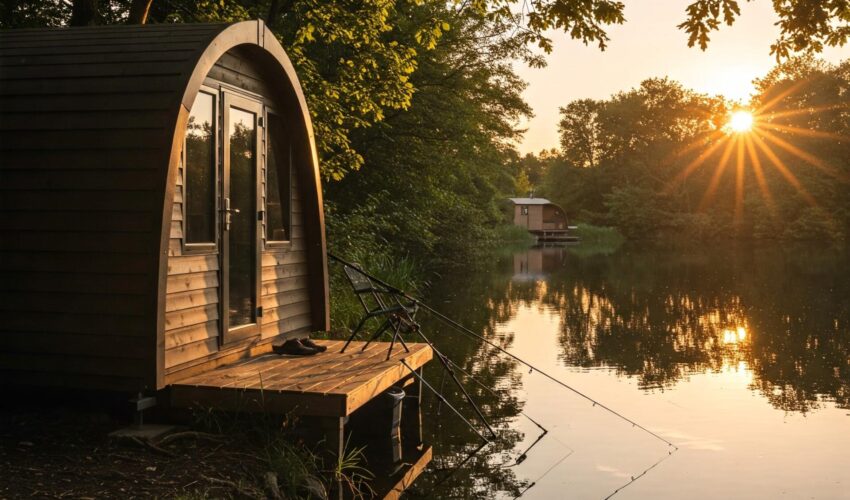
A guide to adding accommodation for fisheries
How to increase the income of your fishery by adding accommodation for anglers in the form of lodges, huts, cabins, pods and other modular buildings to your fishery venue.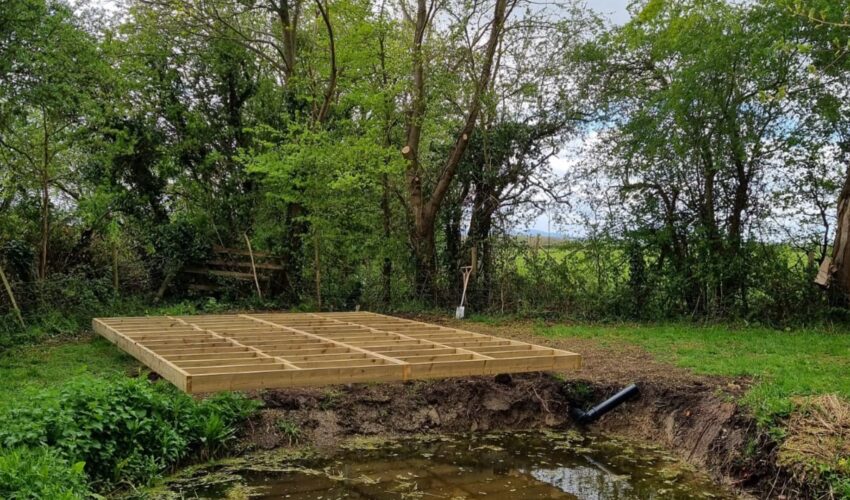
How to install foundations at your fishery
We delve into the challenges of waterside construction, outlining the advantages and disadvantages of various foundation types, and learn how to create durable, long-lasting structures that add value to your fishery.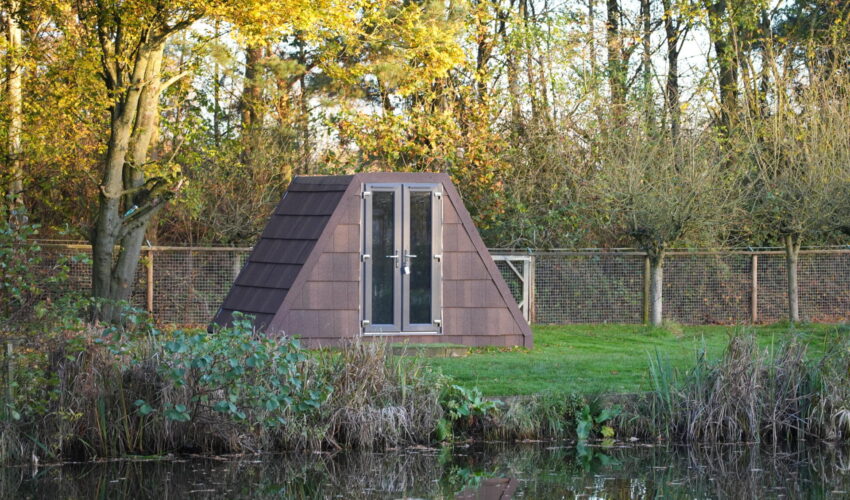
The latest angling pods hit the fisheries market
Join the growing number of fisheries which are boosting their income by installing Tardis Angling Pods – providing their customers with comfort and convenience while adding real profit to the bottom line.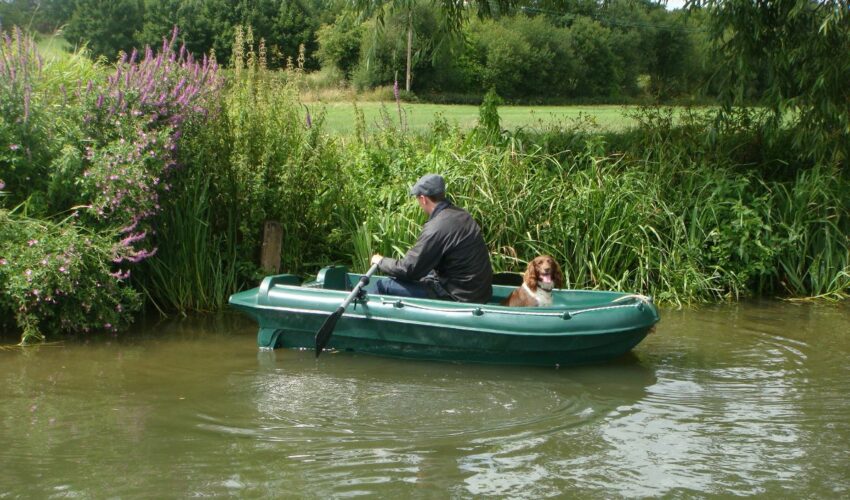
How to choose the right type of boat for your fishery
Whether you are a fishery owner looking for a boat to maintain your lakes or wanting a fleet of boats to let your own anglers get out on the water, choosing the right type of boat for the job can…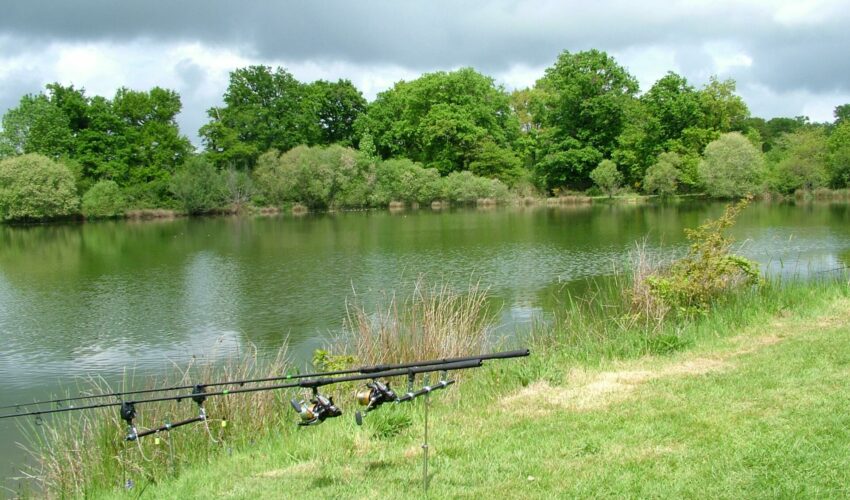
How lake fertilisation can improve your fishery and fish
Resident fishery management expert Bruno Broughton explores how lake fertilisation can help improve your fishery and explains how to go about it.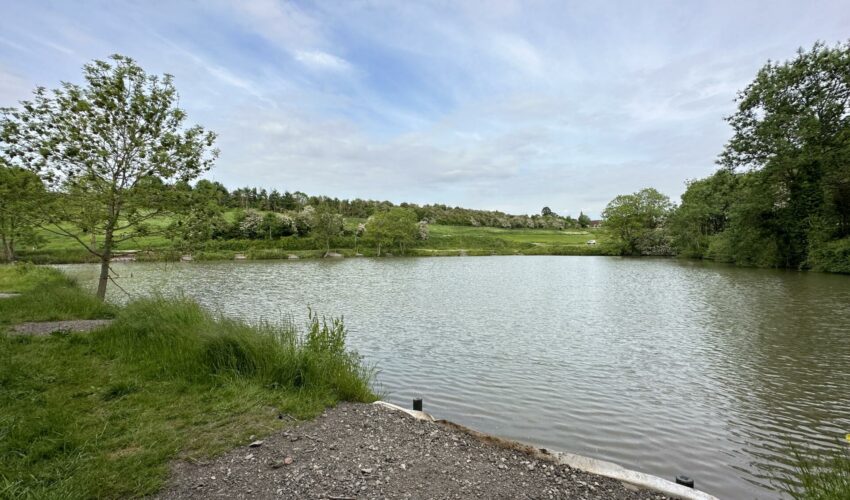
Make more money from your fishery!
Our ‘Top 10 Tips’ on how to make more money from your fishery this year. Not all are easy and most require some investment – but they will definitely help to increase the revenue from your fisherySearch by Region or County
Find new places to go fishing in your local area or county by choosing your destination below

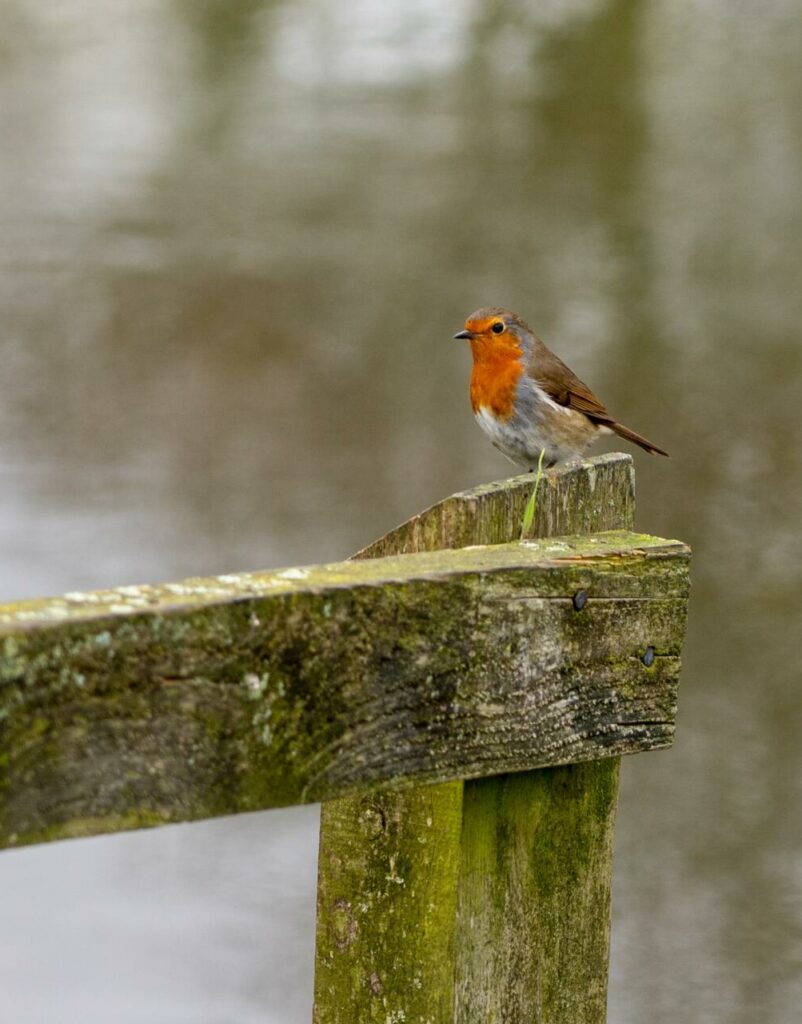








Comments